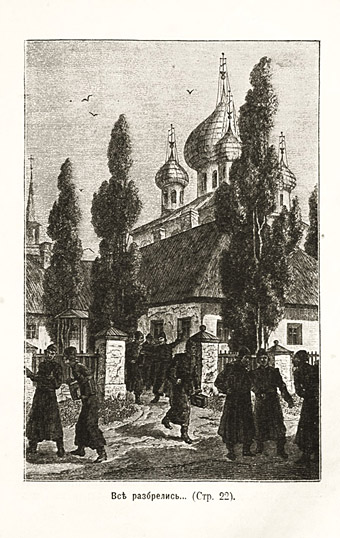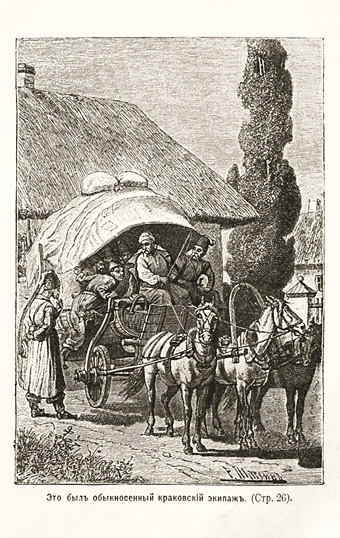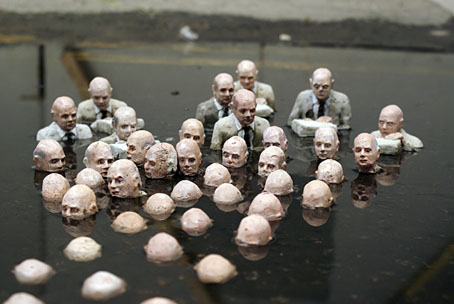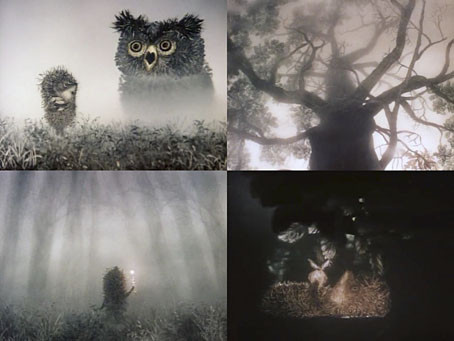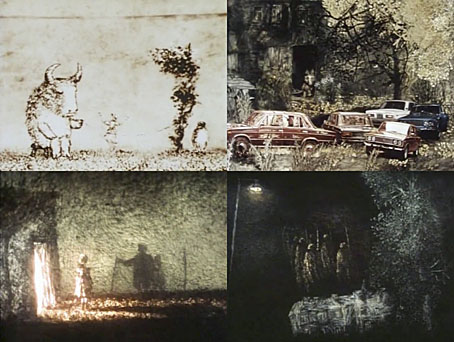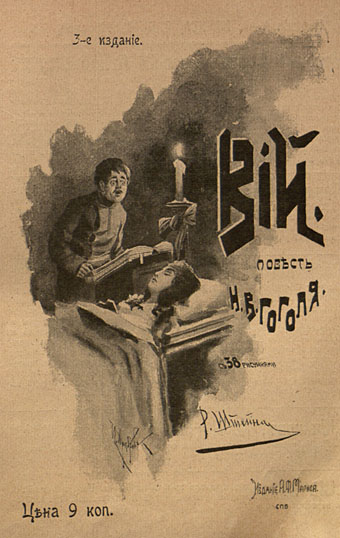
My weekend viewing was the recent double-disc release from Eureka: Viy (1967), a Russian film directed by Georgi Kropachyov & Konstantin Yershov with Aleksandr Ptushko, and A Holy Place (1990), a Serbian film directed by Djordje Kadijevic. Both features are based on Viy, a story by Nikolai Gogol which the author described as a transcription of a Ukrainian folk tale although the piece is assumed to be Gogol’s invention.
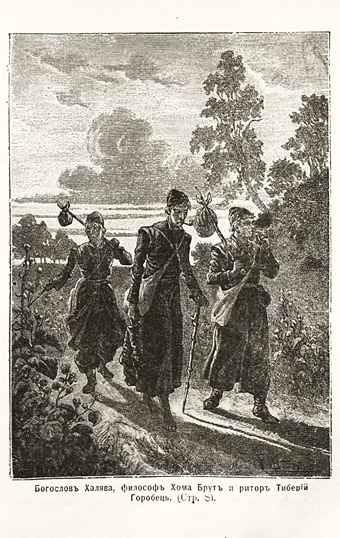
The story concerns Khoma, a seminarian in Kiev, whose alarming nocturnal encounter with a witch is followed by a seemingly unconnected summons to a Cossack village where a young woman has just died. The woman’s last wish was that Khoma should say prayers for her, something he’s reluctantly compelled to do when this involves spending three nights locked in the church where her coffin lies. The events in the church are the heart of the story, and involve a reanimated corpse, a flying coffin, and a climax involving a visitation by “the unclean powers”, all of whom try to attack Khoma by breaking into a circle he’s drawn around himself. The monstrous Viy is described by Gogol as the “chief of the gnomes” although the Russian filmmakers offer no such description of the shambling creature that a crowd of vampires lead into the church. Ukrainian gnomes are evidently a world away from the miniature beings that populate British gardens.
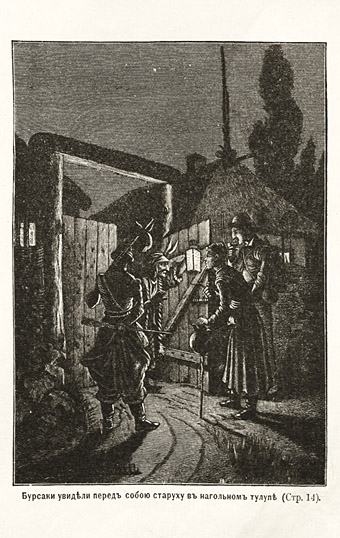
These drawings by R. Shteyn (or Shtein) are from a heavily-illustrated Russian printing from 1901 which may have contributed to the 1967 film: many of the scenes in the film closely resemble the illustrations, especially the appearance of the main characters and the Cossack villagers. These are only the full-page drawings but they include the climactic appearance of the terrible Viy. The rest of the drawings may be seen here.
